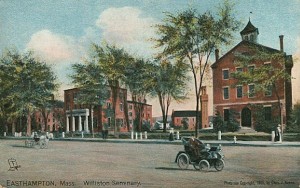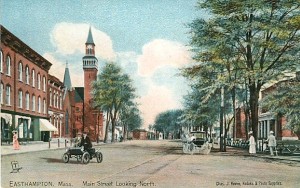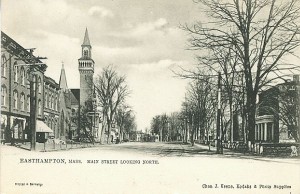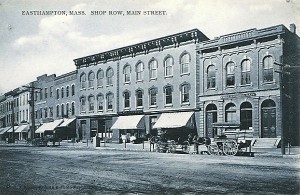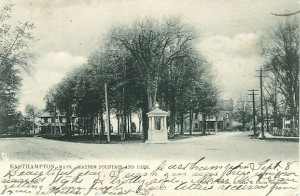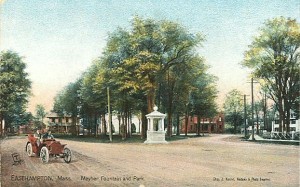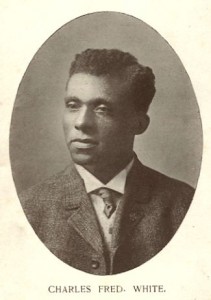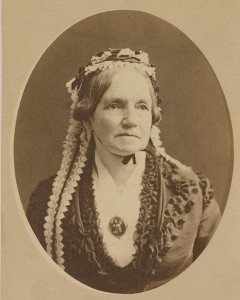In 1854 Samuel Williston established the Hampshire and Hampden Railroad Company. He and his longtime business partner, Joel Hayden of Williamsburg, Mass., initially hoped to extend the line as far as Troy, New York, but their realistic concern was to connect Easthampton and Williamsburg, both former villages that were now evolving into factory towns, with what they correctly saw as a rapidly developing national rail grid.
The H. & H.R.R. purchased the route of the defunct Northampton-New Haven Canal, an ill-conceived enterprise that had already lost Samuel a considerable sum. The project took five years; competing railroads did their best to create obstacles. Samuel ultimately spent $35,000 of his own money—about $820,000 in current dollars—to see the 24-mile rail spur’s completion.
His biographer, Frank Conant, points out that it was more “a matter of public service rather than for profit.” But “the day would come when he could board the cars at Easthampton’s nearby depot and arrive in New York City a few hours later.”1
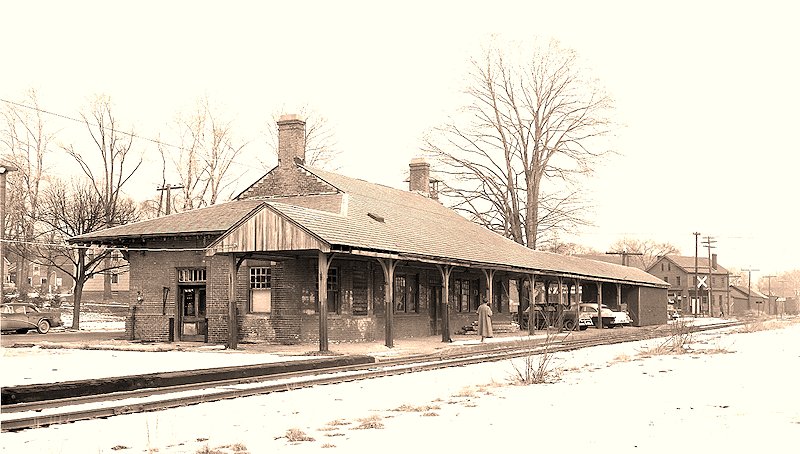
Whether there was an elaborate rail station in the early years, or just a simple shed, has not been determined. The present building apparently dates from 1871. In its original state it contained a large waiting room, baggage room, and office for the station master.
The depot appears frequently in Williston Seminary lore: teams and spectators would board “the cars” for travel to away games as far away as Worcester. The train provided quick access to the entertainment delights of Springfield. Individual anecdotes describe torchlight processions of departing student “heroes” down Union Street from the campus.2 Even freight service found its way into legend: witness the tale of William Peck’s double bass, retold in “Williston’s First Orchestra.”


